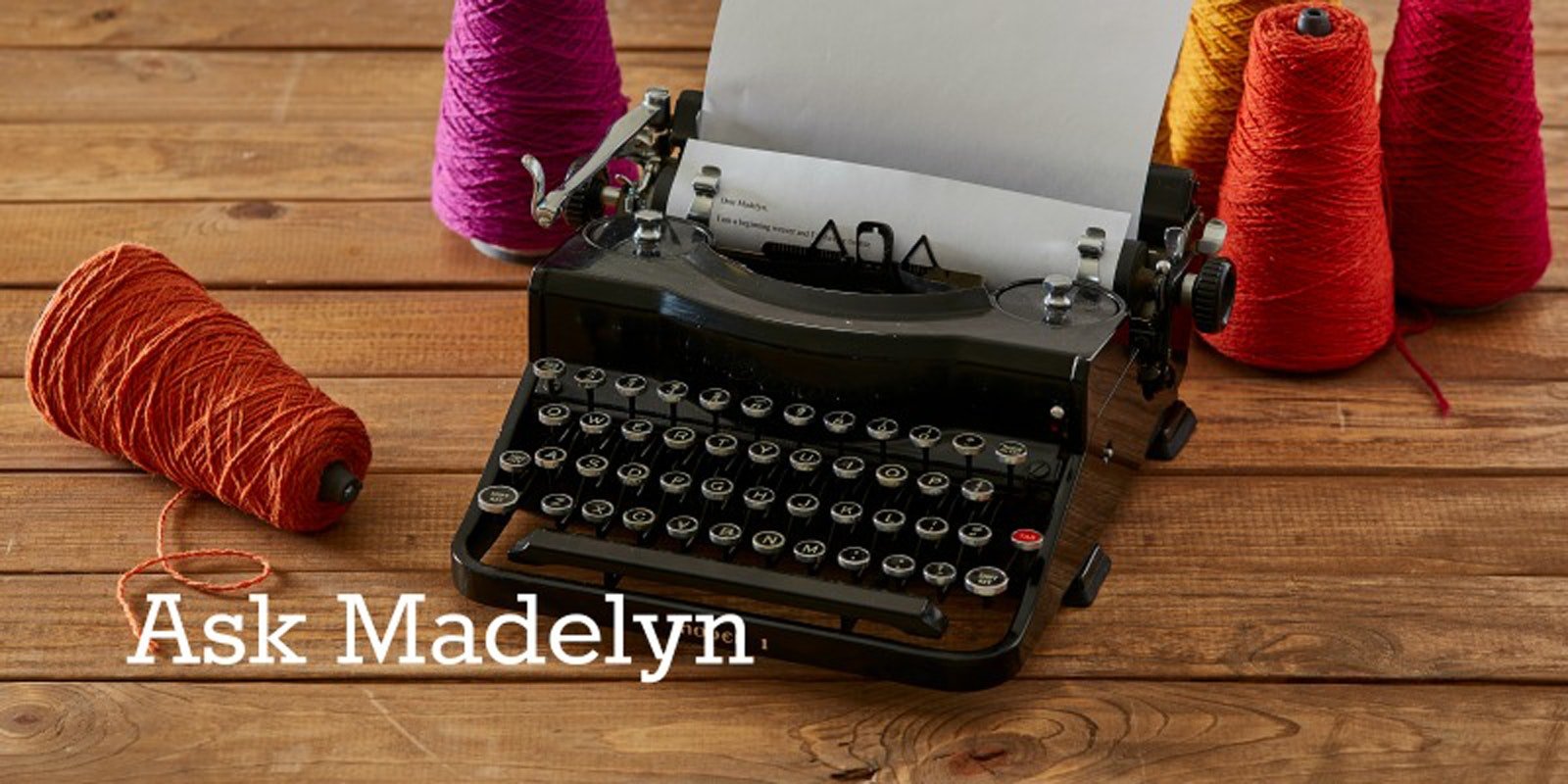Hi Madelyn! I’m buying a 40”-wide loom. It comes with an 8-dent reed, but I’m already planning on choosing a reed with more dents per inch than 8. I can only buy one new reed at the moment, so I’m trying to decide between a 10-dent and 12-dent. I know that I plan on weaving with 8/2 cotton for baby wraps and bath towels, if that helps. Which size reed should I get first? --Ariana
Hi Ariana!
It is always wonderful to welcome a new loom!
For 8/2 cotton, the most frequently used weave structure is plain weave, which for 8/2 cotton is usually 20 ends per inch. That sett works well for lace weaves and other spot weaves, as well as any weave structure with a plain-weave base. In choosing a reed to try next, a 10-dent reed should therefore be your first choice (sleying 2/dent).
For twills, however, you will probably want a slightly closer sett. One option is to sley your 10 dent reed 2-2-2-3, which would give you an overall sett of 22-1/2 ends per inch. The only issue with that arrangement is that the cloth might show a slight line where the three threads are a bit more crowded together than the others (this would occur about every half inch). 8-shaft twills may have longer floats and therefore require an even closer sett (you could try 2-2-3, for an overall sett of a little more than 26 ends per inch). To get a sett of 24 ends per inch the easy way and one that would distribute the threads evenly, you can sley your 8-dent reed 3/dent or opt for a 12-dent reed when you are ready to splurge for another reed.
An even sleying order is always a first choice, but you can get a remarkable number of sleying orders successfully out whatever reed you have. (The drawback of any irregular sleying order is always the possibility that the washing will not eliminate the warp-wise stripes of threads that are slightly closer together, especially with non-slippery threads like 8/2 cotton. These stripes, however, are not always a negative.) For a chart that shows all the ways to sley every type of reed to get just about every number of ends per inch query on "reed chart weaving" on-line or find one in a beginning or general weaving book.
Remember also that you can use reeds from other looms with your new loom.
—Madelyn
If you have a weaving question please email Madelyn! View related & recent "Ask Madelyn" posts! Updated 8/10/17.

